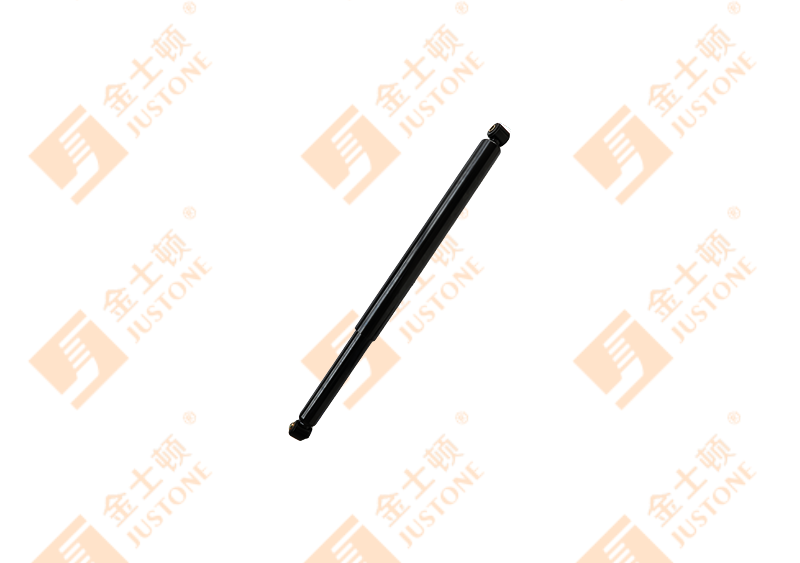Didn't find a product that suits you?
Contact us for the latest news.
Solar energy systems, especially those utilizing solar tracking technology, require robust structural components to operate efficiently. One such critical component is the solar mount axial tracker shock absorber. These shock absorbers play a significant role in enhancing the stability of solar tracking systems. In this article, we will explore how solar mount axial tracker shock absorbers improve system stability, reduce vibrations, and contribute to the overall longevity and efficiency of solar systems.
A solar mount axial tracker shock absorber is a device designed to absorb and dampen the mechanical vibrations that arise in solar tracking systems. Solar trackers move solar panels to follow the sun’s trajectory, increasing the efficiency of solar energy collection. However, this continuous motion can introduce vibrations and stresses, especially in areas with high winds or rough terrain. The shock absorber helps reduce these vibrations and prevents damage to the system by providing a cushioning effect during motion.
Shock absorbers are essential for ensuring that solar tracking systems operate smoothly and maintain structural integrity. Below are some of the primary ways these devices contribute to system stability:
In areas where solar installations are exposed to strong winds, the motion of the solar trackers can cause significant vibrations. These vibrations can lead to fatigue in the mechanical components of the system, affecting performance and longevity. Solar mount axial tracker shock absorbers mitigate these effects by dampening the vibrations caused by wind or seismic activity.
Solar trackers often operate under varying environmental conditions, including temperature changes, humidity, and different loads. These factors can cause structural components to expand, contract, or shift slightly. Shock absorbers help stabilize the movement of the tracking system under these varying loads, ensuring smooth and continuous operation without jarring movements.
By reducing the impact of vibrations and external forces on solar tracking systems, shock absorbers play a crucial role in preventing mechanical failures. These failures, which can result from excessive strain or fatigue, are a common cause of downtime in solar systems. The shock absorber acts as a buffer, absorbing the force that would otherwise damage the system’s moving parts, such as motors, actuators, and pivots.
Vibrations and instability in a solar tracker can lead to misalignment of solar panels, which affects their ability to track the sun accurately. This misalignment reduces the amount of sunlight the panels can capture, thereby lowering the system’s efficiency. By reducing vibrations, shock absorbers help maintain precise alignment of the panels, which maximizes energy production and improves overall system efficiency.
Solar mount axial tracker shock absorbers also contribute to the safety of the system and the surrounding environment. By reducing vibrations and stabilizing the structure, these shock absorbers help prevent the tracker from shifting erratically during high winds or extreme conditions. This stability reduces the risk of accidents or damage to nearby structures.
Solar mount axial tracker shock absorbers are essential for maintaining the stability, efficiency, and longevity of solar tracking systems. By reducing vibrations, stabilizing movement under varying loads, preventing mechanical failure, and improving overall safety, these shock absorbers help ensure that solar energy systems continue to perform at their best, even in harsh environments. Their role in enhancing system stability makes them a crucial component in the design and maintenance of solar power systems, ensuring maximum energy generation and reduced operational costs.
